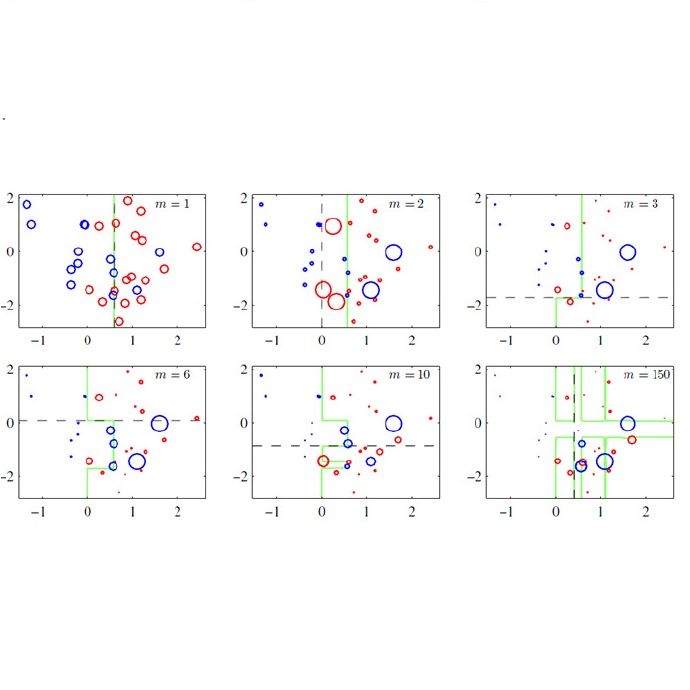Advanced deep learning (DL) algorithms may predict the patient's risk of developing breast cancer based on the Breast Imaging Reporting and Data System (BI-RADS) and density standards. Recent studies have suggested that the combination of multi-view analysis improved the overall breast exam classification. In this paper, we propose a novel multi-view DL approach for BI-RADS and density assessment of mammograms. The proposed approach first deploys deep convolutional networks for feature extraction on each view separately. The extracted features are then stacked and fed into a Light Gradient Boosting Machine (LightGBM) classifier to predict BI-RADS and density scores. We conduct extensive experiments on both the internal mammography dataset and the public dataset Digital Database for Screening Mammography (DDSM). The experimental results demonstrate that the proposed approach outperforms the single-view classification approach on two benchmark datasets by huge margins (5% on the internal dataset and 10% on the DDSM dataset). These results highlight the vital role of combining multi-view information to improve the performance of breast cancer risk prediction.
翻译:高级深层次学习算法(DL)可能预测病人根据乳腺癌成像报告和数据系统(BI-RADS)和密度标准发展乳腺癌的风险。最近的研究显示,多视角分析的结合改进了全面乳腺癌检查分类。在本文件中,我们提议为BI-RADS和乳房X光照片密度评估采用新的多视角DL方法。拟议方法首先在每种视图上分别部署深度变动网络以提取特征。随后,提取的特征被堆叠并输入一个轻渐推动机(LightGBM)分类器,以预测BI-RADS和密度分数。我们在内部乳房X光摄影数据集和公共数据集中进行广泛的实验。实验结果显示,拟议的方法超越了以巨大幅度(内部数据集5%和DDSM数据集10%)对两个基准数据集的单一视角分类方法。这些结果突出表明了将多视角信息合并以提高乳腺癌风险预测性能的关键作用。





